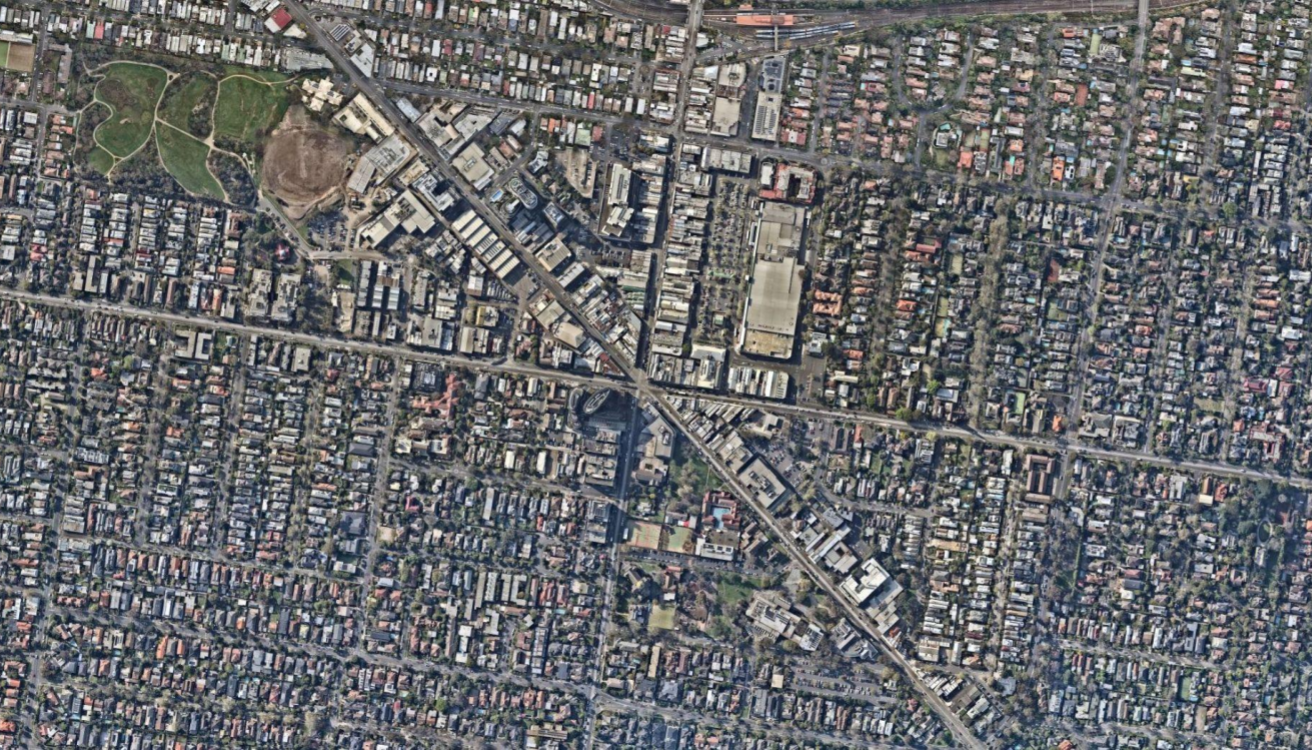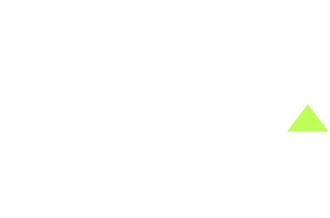
Planning shake-up with Victorian housing reforms | Amendment VC242, September 2023
The Victorian Government has released its much anticipated Housing Statement, outlining a number of reforms to help address the issues of housing supply and affordability. We’ve pulled together this overview to explain what these changes mean, and how they may affect our development partners in Victoria.

By way of background
Victoria will deliver 800,000 new homes over the next decade, including 60,000 around ten Neighbourhood Activity Centres (identified in Plan Melbourne). The Victorian Government is working to streamline the planning process to help more projects get out of the ground – while at the same time strengthening design standards to ensure quality is maintained. Within this context, a critical consideration is how to encourage the creation of affordable housing, and unlock value in land that’s currently underutilised.
At present, there’s a backlog of 1,400 housing permit applications with Victorian Councils. The Victorian Government intends to clear this as efficiently as possible, and make way for a quicker approvals process for future applicants. To this end, they introduced the first of a new wave of reforms (Amendment VC242), gazetted on 20 September 2023. This Amendment is directed at making initial, prompt, meaningful steps toward facilitating significant economic, residential and affordable housing projects that align with the new housing objectives.
‘Significant development’ that meets relevant eligibility criteria will now benefit from faster decisions (4 months has been cited), exemptions from third-party VCAT appeals and (where applicable) exemptions from compliance with mandatory building height, setback and garden area requirements of existing controls.
What are the specific implications of Amendment VC242?
Essentially, the Amendment introduces two new controls into Planning Schemes:
- Clause 53.22 (Significant Economic Development)
- Clause 53.23 (Significant Residential Development with Affordable Housing)
These new planning pathways are voluntary and do not apply to current / live applications. Here’s an overview of each one.
| Clause 53.22 (Significant Economic Development) | |
| Purpose | To prioritise and facilitate the planning, assessment and delivery of projects that will make a significant contribution to Victoria’s economy and provide substantial public benefit, including jobs for Victorians. In other words, this clause effectively formalises the existing Development Facilitation Program, which was set up during the COVID-19 pandemic. |
| Responsible Authority (RA) | This is the Minister for Planning (via the Department of Transport and Planning), as opposed to Council. As part of the clause, the Minister has the ability to waive or vary any building height or setback requirement. |
| Applications | There are three categories: 1. Private development that meets the relevant monetary or floor area thresholds associated with the specified non-residential uses. 2. Government funded development. 3. Private development that is still of economic significance yet doesn’t strictly meet the Category 1 thresholds. This is the ‘greyest’ of the three categories and we are seeking further clarification around it. Applications must include written advice from the CEO of Invest Victoria, confirming the financial feasibility of the proposal, and a Quantity Surveyor report confirming its estimated cost. |
| Approval | Council and neighbours may be notified of the development application, but there are no third-party appeals (i.e. a VCAT objector appeal). A permit can be issued, even in light of objections. The views of the Office of the Victorian Government Architect (OVGA) may also be sought as part of the application process, though it’s not clear yet whether this will be a requirement. |
| Clause 53.23 (Significant Residential Development with Affordable Housing) | |
| Purpose | To facilitate residential development with high quality urban design, architecture and landscape architecture, which includes affordable housing to meet existing and future needs. |
| Responsible Authority (RA) | This is the Minister for Planning (via the Department of Transport and Planning), as opposed to Council. As part of the clause, the Minister has the ability to waive or vary garden area requirements, any building height or setback requirement, or a use condition. |
| Applications | There are three categories: 1. Private development (over $50 million in Metropolitan Melbourne / $15 million outside Metropolitan Melbourne) that provides 10% affordable housing (or an alternative as agreed via a s173 Agreement). 2. Government funded development that provides 10% affordable housing (or an alternative as agreed via a s173 Agreement). 3. Private development that is still of significance yet doesn’t strictly meet the Category 1 thresholds. This is the ‘greyest’ of the three categories; however, the best example would be a Build to Rent development. Applications must include written advice from the CEO of Invest Victoria, confirming the financial feasibility of the proposal, a Quantity Surveyor report confirming its estimated cost, and a report that demonstrates how the proposal will contribute to the provision of affordable housing. |
| Approval | Council and neighbours may be notified of the development application, but there are no third-party appeals (i.e. a VCAT objector appeal). A permit can be issued, even in light of objections. The views of the Office of the Victorian Government Architect (OVGA) may also be sought as part of the application process, though it’s not clear yet whether this will be a requirement. |
UPco is actively seeking further direction on the interpretation and processes involved from the Department of Transport and Planning’s Development Facilitation team, as there are still a lot of unknowns. We will continue to keep you updated as we learn more. And stay tuned for our overview of phase two of the reforms: Amendment VC243, relating to ResCode, single dwellings and the Future Homes program, which was announced last Friday.
It’s reassuring to see that the Victorian Government has stepped up to start the process of addressing the significant and systemic housing issues faced by the Victorian community. Whilst these reforms won’t necessarily be the panacea, the UPco team welcomes any reforms that may ultimately support more Victorians having better access to better housing.

Any questions in the meantime? Contact us at upco.com.au or email info@upco.com.au
| Part of a bigger picture The new amendment is part of a greater plan, through which the Victorian Government also seeks to: – Streamline the planning process for medium- to high-density residential developments, including build to rent projects. – Create more permit exemptions for single dwellings for things like extensions / granny flats. – Give VCAT the power to dismiss matters more quickly. – Unlock and rezone surplus government land to deliver around 9,000 additional homes across the state. – Convert underutilised office buildings into apartments and mixed use developments (with residential component). – Create faster approvals process for development with 10% affordable housing components. – Review and rewrite the Planning and Environment Act 1987 to build a modern, fit-for-purpose planning system. – Update Plan Melbourne to become a broader-reaching Plan Victoria. |
